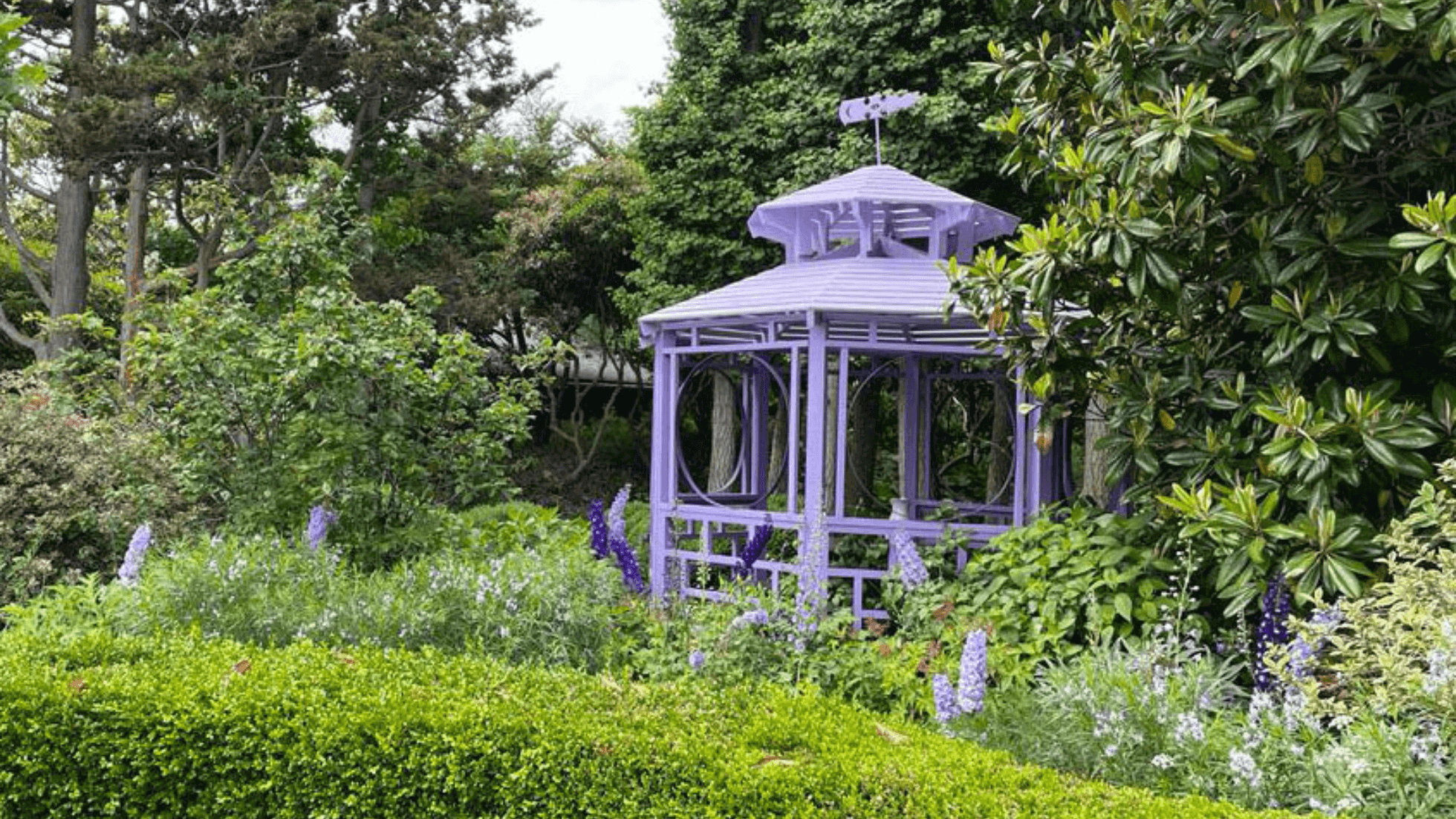
Tulip and Narcissus display at The Battery gardens in downtown New York City. Photo by Jennifer Bishop.
This winter we talked with The Battery, a Pathways to PRFCT partner, about what they’re doing to support native bees. Jennifer Bishop, zone gardener at The Battery, reports back, sharing an image of how they cut back perennials in the late spring.
“Here’s a picture demonstrating our practice of leaving stems for cavity nesting native bees. We recommend home gardeners start cutting back in mid-April (at the earliest), leaving stems, like we’ve done here with Bluestar (Amsonia hubrichtii), at a minimum of 18-inches tall. Bee babies are sleeping in them! They will love you for giving them peace. After you cut, leave the debris right there in the beds. It will be hidden by new growth and will decompose. Stems can be as thick as a coffee stirrer, like the Bluestar stems. Bees will use them happily! I understand that it can feel awkward at first to leave stems standing. Won’t it look weird or messy? we’ve heard. But just look at this photo of our tulip and narcissus display. The Bluestar stems blend seamlessly into the view. So, will it look weird or messy? The answer is here. It’s possible to blend ecology with awe.” —Jennifer Bishop









